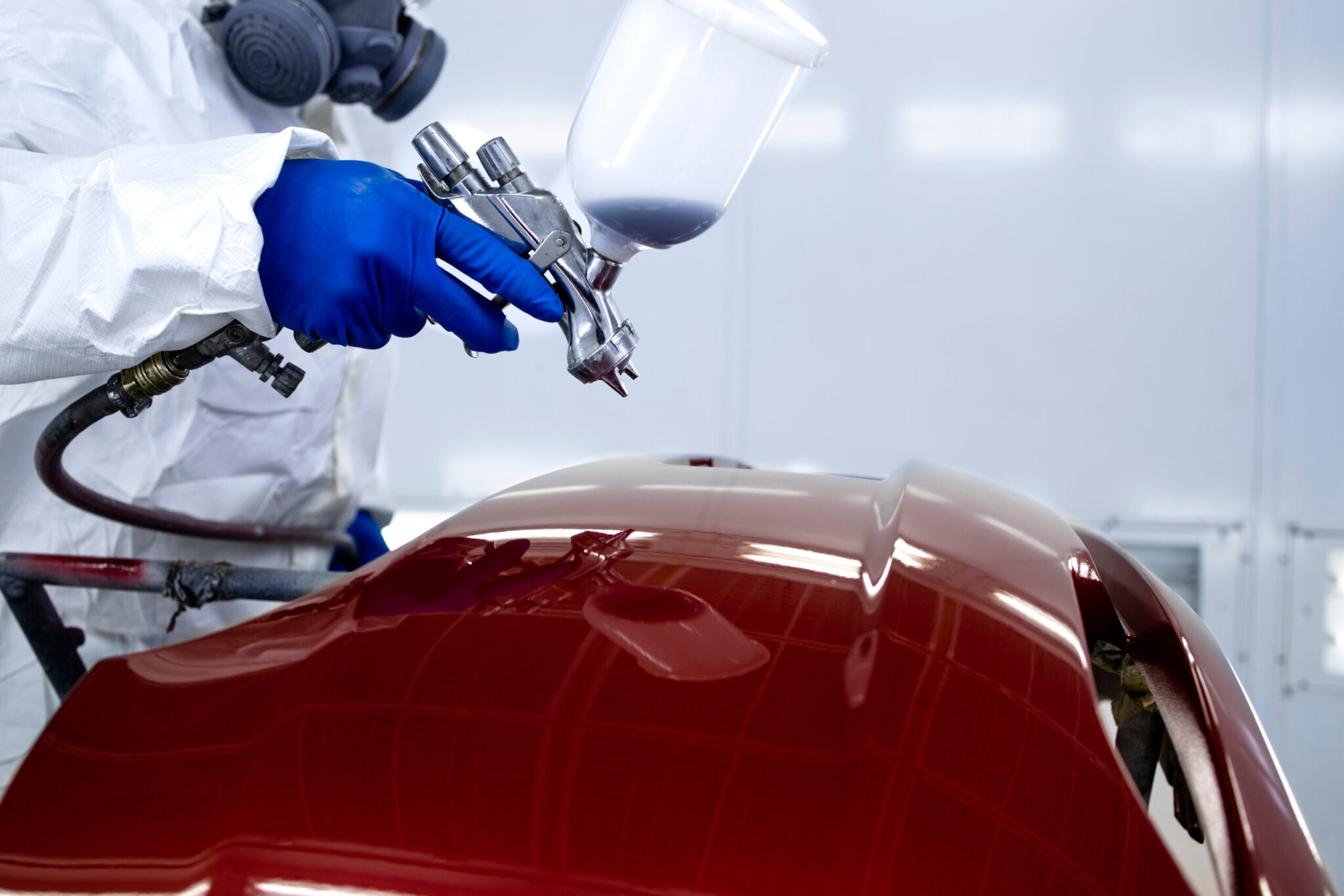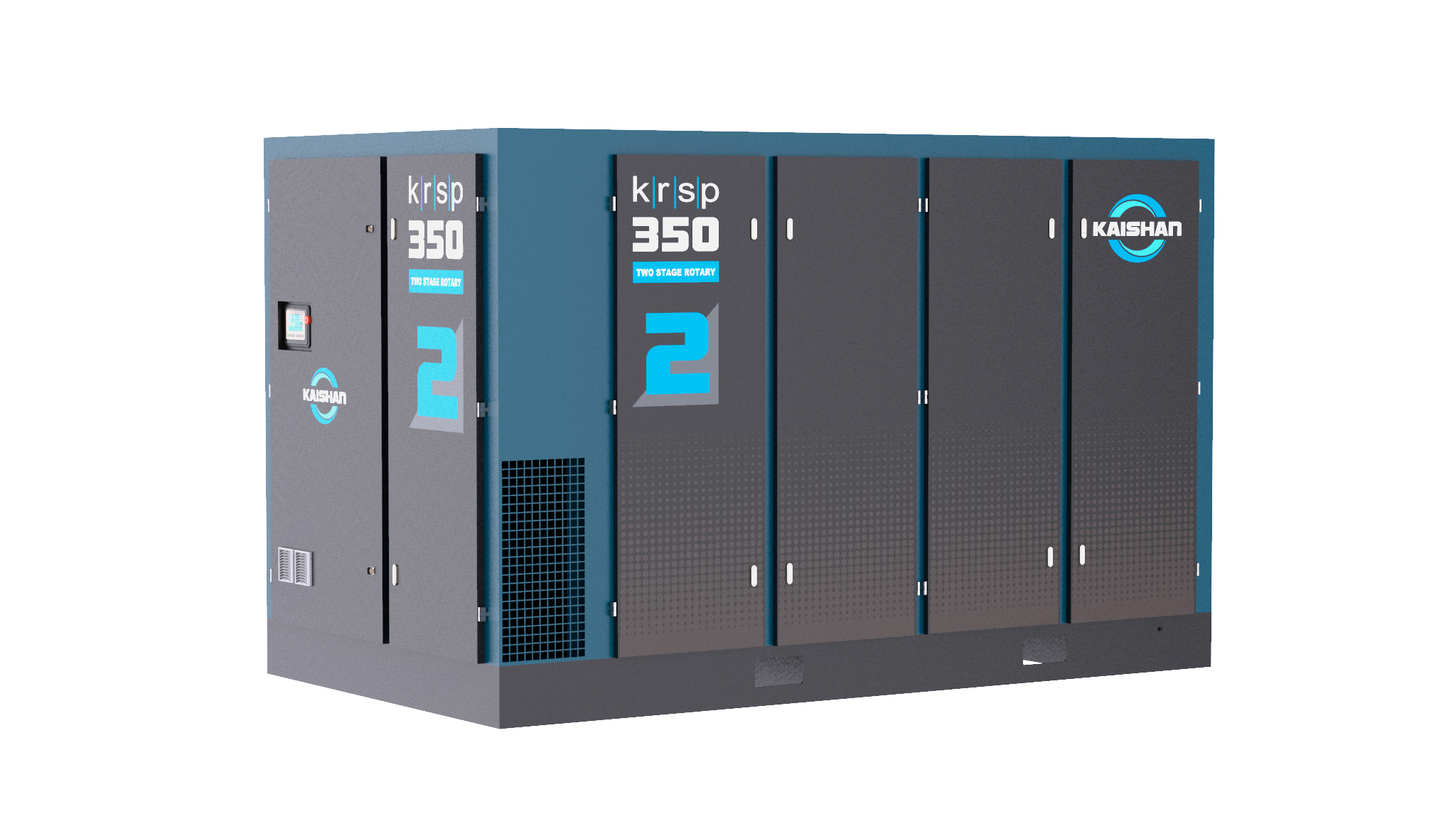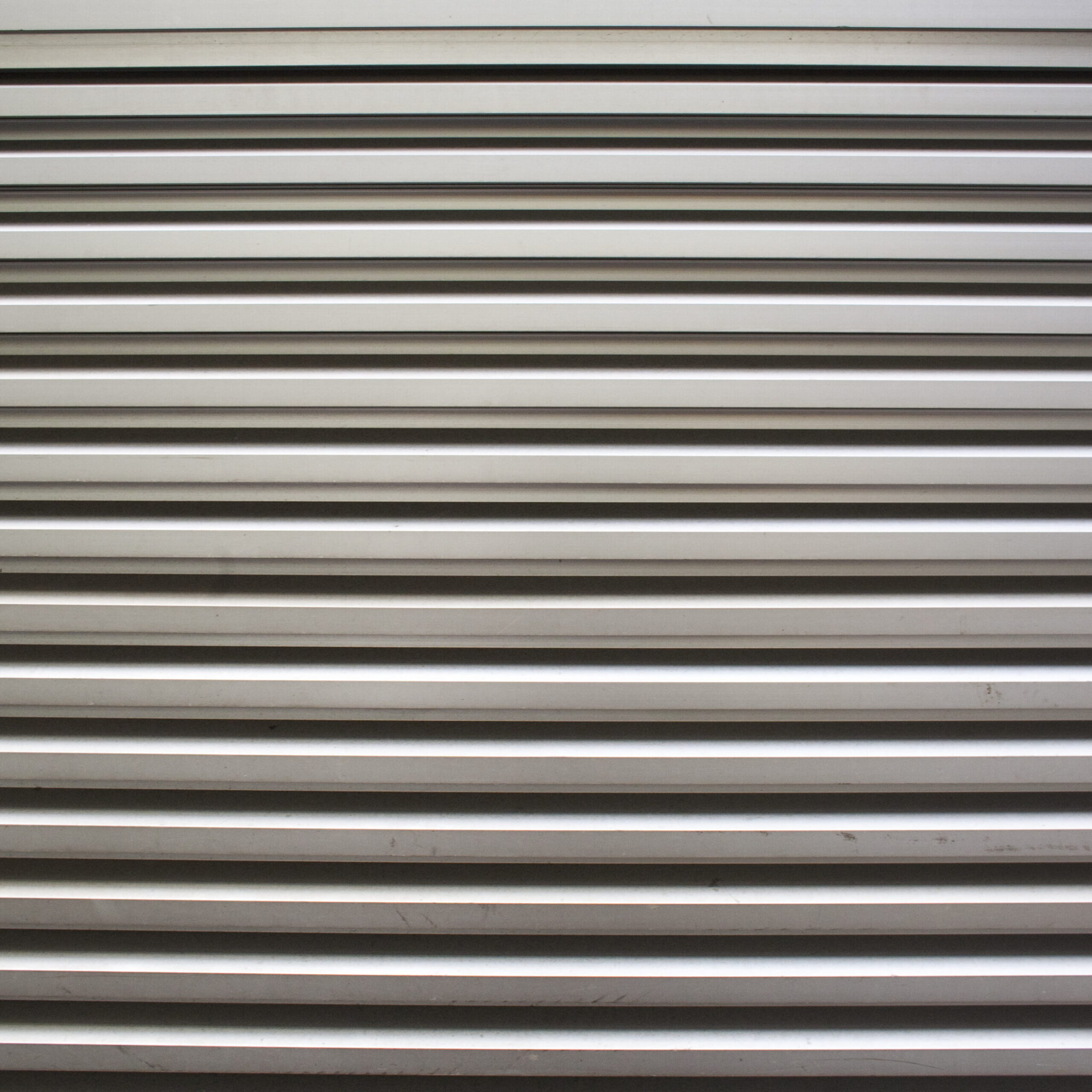
Kaishan USA Launches New Industrial Low-Pressure Rotary Screw Compressor
April 17, 2023
Compressed Air Assessment vs. Audit
April 26, 2023air compressor cooling
Kaishan USA | April 19, 2023 | Uncategorized

Hot, moisture-laden compressed air carries impurities that pose a contamination hazard in many industrial air compressor applications, especially food and baking.
The Importance of Keeping an Air Compressor Cool
Compressing air generates heat. So much, in fact, that removing excess heat is critical to the success of your operation.
What Generates Heat in a Compressor?
Several issues contribute to heat buildup in your air compressor system:
-
-
- Compression ratio. The higher the ratio between the discharge and suction pressure, the more heat you generate.
- Speed. The faster your compressor is operating, the more heat it’s producing.
- Intake air temperature. The temperature of the incoming air also affects heat generation. The colder the air, the denser it becomes. And it requires slightly more energy to compress.
-
The heat comes out of your air compressor both in the heat of the compressed air and the heat of the air compressor and its surroundings. Both types of heat can cause problems.
Compressed Air Cooling
Most compressed air users understand that they need to cool the compressed air. Specifically, the ambient air that entered your system at 70°F will reach 175°F-200°F in an oil-lubricated screw compressor or 350°F in an oil-free rotary screw or single-stage piston compressor, according to Air Compressor Guide. The difference clearly shows how effectively oil removes the heat of compression from the air.
Air that is too hot will damage end use tools and equipment, degrading lubricants and seal materials. In addition, the water vapor in hot air will cause corrosion and scale buildup and may even result in freezing in colder climates.
Not to mention the quality problems water vapor-laden compressed air would cause in applications like automotive painting, semiconductor and healthcare and medical device manufacturing. A recent article by the Compressed Air & Gas Institute (CAGI) spells out the hazards of moisture in compressed air—including rust, corrosion, freezing and increased wear in most applications. And problems with color, adherence and finish in painting applications.

Inadequate cooling would allow water vapor to remain in compressed air flow, causing “fish-eyes,” blushing, poor adhesion and even rust in an automotive painting application.
The good news is that the air compression industry has several solutions, including aftercoolers, refrigerant dryers and intercoolers (for two-stage compressors).
A more serious issue for compressor reliability and long-term performance is that many users do not pay enough attention to the air compressor cooling system or the cooling of the compressor itself.
Air Compressor Cooling
Removing heat is extremely important for the reliability and longevity of your compressor. Excessive heat will break down the oil in the compressor and reduce the oil’s ability to protect the system’s moving parts.
Enclosures
Some users compound heating issues by locating air compressors in separate enclosures. That may be good for noise levels, system location and distribution efficiency. And a well-planned enclosure will permit you to control the path the air takes around your air compressor system.
But a poorly thought-out enclosure is more likely to build up heat. It will trap heat inside and make it more likely that exhaust air will be drawn back into the system, escalating the heating issues.
Beating the Heat
Over the years, air compressor professionals have developed some methods of removing heat, including oil cooling, forced air cooling, and water cooling.
Oil Cooling
Over the years, air compressor professionals have developed some methods of removing heat, including oil cooling, forced air cooling, and water cooling.

Our KRSP2 premium rotary screw air compressors inject cool oil at the interstage to keep the inlet temperature to the second stage at a consistent level.
In addition, two-stage models like Kaishan’s KRSP2 premium rotary screw compressors use a film of cooler oil to lower the intake temperature of the second stage.
Forced Air Cooling
With forced air cooling, an axial fan or centrifugal fan blows ambient air to cool the compressor housing or a heat exchanger, like those used in oil cooling units or intercoolers.
All Kaishan rotary screw air compressors have forced air cooling. Our Kaishan KRSB belt-drive and KRSD direct-drive compressors employ an axial fan, while our KRSP single-stage and KRSP2 two-stage premium rotary screw compressors use a centrifugal fan.
Our larger units (150 HP and above) also are available with variable speed drives on their cooling fans, helping to maintain a very constant temperature. As a result, your unit experiences less thermal stress and goes through fewer cooling cycles, making heat exchangers more reliable and longer lasting.
Water Cooling
Water can also be substituted as a cooling medium instead of air. In a water-cooled compressor, a pump moves water through tubing around the compressor body, extracting the heat. The water then goes to a radiator, usually a shell and tube heat exchanger, to cool. Water cooling is more common in larger units (more than 300 HP).
Keeping Your Cool
Based on these principles, there are two ways you can prevent heat from affecting compressed air quality or damaging your equipment.
1. Pay Attention to Air Flow
-
-
- Intake air. Air flow is a critical concern in your air compressor system. So make sure the air you draw into your unit is coming from a cool, dry source.
-

Placing louvers strategically in your compressor room improves air flow and avoids drawing exhaust air back into your system.
-
-
- Louvers. Make sure you have enough louvers in your compressor room to allow air to enter and exit freely. You’ll want to have them open when the compressor is operating.
- Exhaust air. You’ll want to keep your exhaust vents away from the air intake to avoid drawing exhaust air back into your system. Or install ducting to vent the exhaust outside of your compressor room.
-
2. Maintain Your Cooling System
-
-
- Intake air filter. Change it regularly. Don’t wait until it’s visibly dirty. If it’s blocked, your compressor will work harder to meet your pressure and volume needs.
- Oil and oil filters. Follow your manufacturer’s recommendations about replacing oil and oil filters. We recommend an oil analysis every 2,000 hours or less.
-
Heat Recovery: Turning Lemons into Lemonade
Removing all that excess heat does have an upside: all that energy can be converted for use in other parts of your enterprise, for space heating, pre-heating boiler water, water heating or even process heating (like drying).
We’re talking about a substantial benefit. In most cases, at least 70% to 80% of the energy used to compress the air becomes waste heat. And Air Best Practices says 90% of that heat loss can be recovered, while Manufacturing.net places the figure as high as 96%.
Cooling: A Mission-Critical Benefit of Kaishan Compressors
Because it significantly impacts the life and performance of our equipment, cooling is an essential element of designing an air compressor system at Kaishan USA.
In fact, cooling is so important that we design and manufacture the coolers we use on our compressors solely in-house. That gives us complete control over quality, performance and equipment specifications. Plus, it enables us to build coolers of any size with no cost penalty. It’s a great example of the benefits of being 85% vertically integrated.
Don’t Overlook Cooling
We’ve seen all too many end users who carefully reviewed compressor specifications but forgot about cooling, to their detriment. That’s why we encourage all our customers to make cooling capabilities an integral part of the design and installation of any industrial air compressor system.
And don’t forget about altitude. Air pressure decreases with altitude, which means that there are fewer air molecules to transfer heat away from the compressor. Compressor overheating and failure can result.
Admittedly, choosing the right compressor for your operation can be a challenge. But we can help. Kaishan works with a nationwide network of independent distributors, who can provide on-site help and consultation. These factory-trained air compression experts have an investment in their local communities and can service your air compressor system without a problem.
Key Points
-
- At least 70% of the energy you expend to compress air ends up as waste heat.
- The more air you compress, the more heat you need to remove.
- Removing that heat is extremely important for the quality of the compressed air you deliver and the longevity of your compressor.
- Key cooling techniques include oil cooling, intercoolers, forced air cooling, water cooling and natural convection.
Let Us Help
We can help you find the right air compressor for your application and equip it with an air compressor cooling system that will ensure the quality of your compressed air and the longevity of your system. Get in touch with the experts at Kaishan. Contact us today.
Random stat or
customer quote
textXXtext
text
Compressing air generates heat. So much, in fact, that removing excess heat is critical to the success of your operation.

